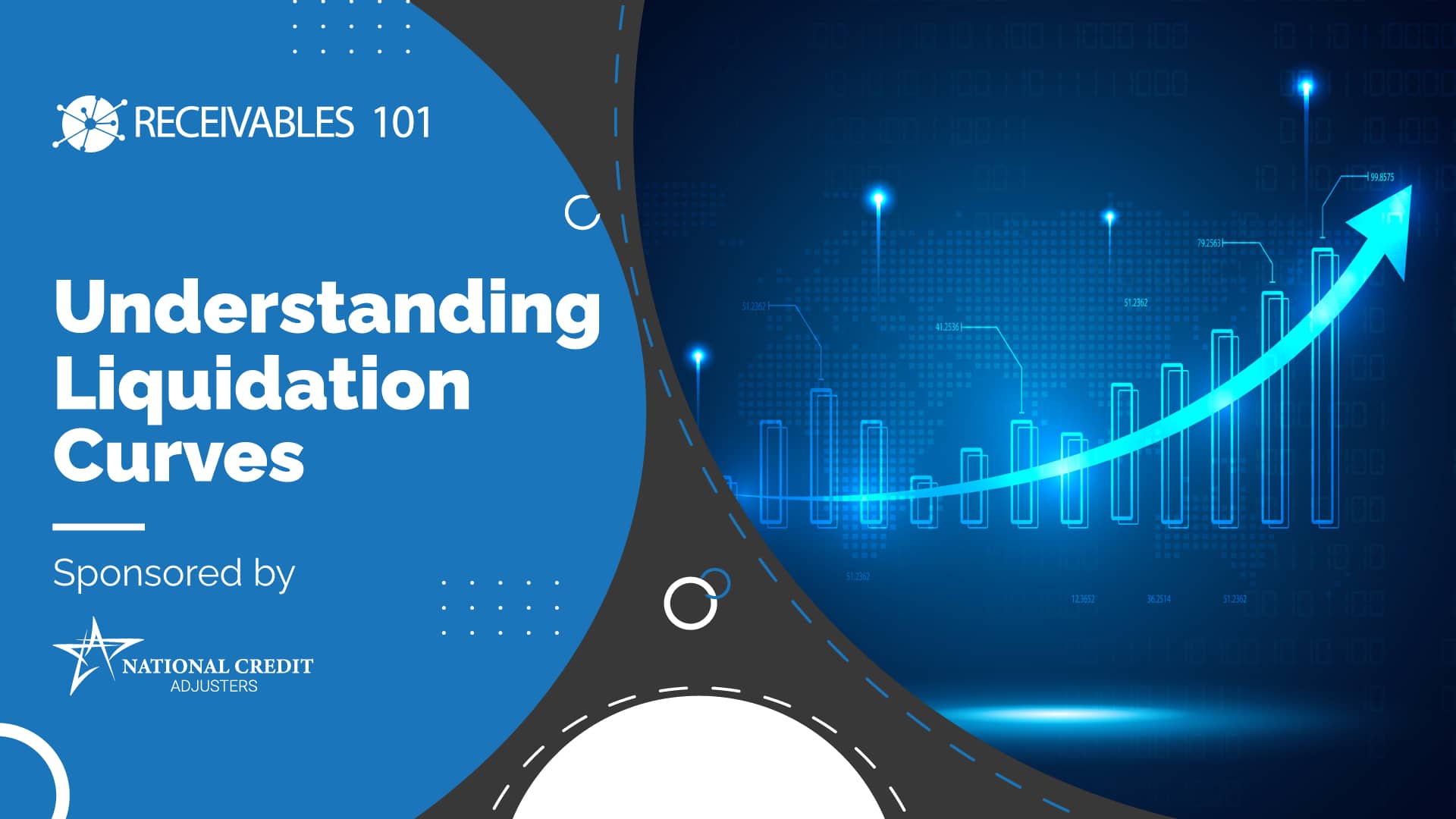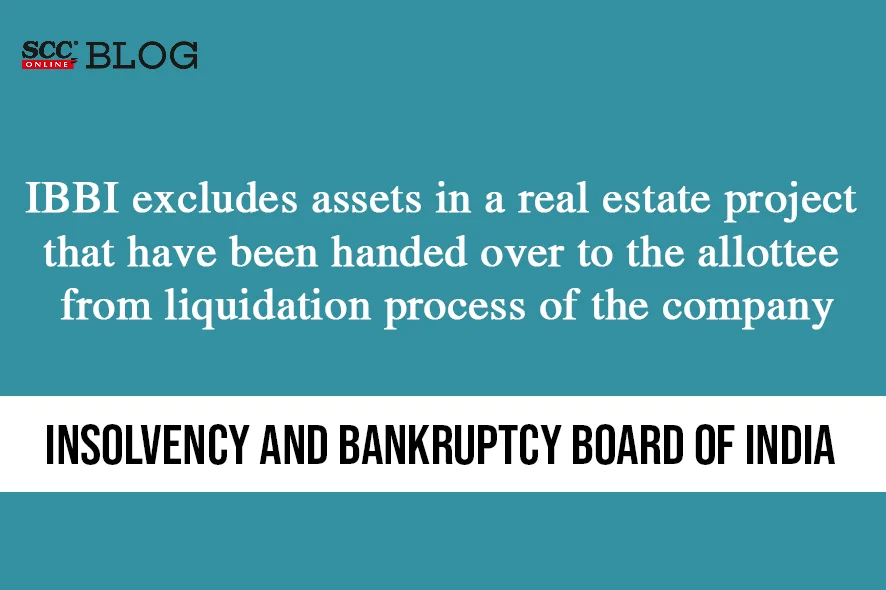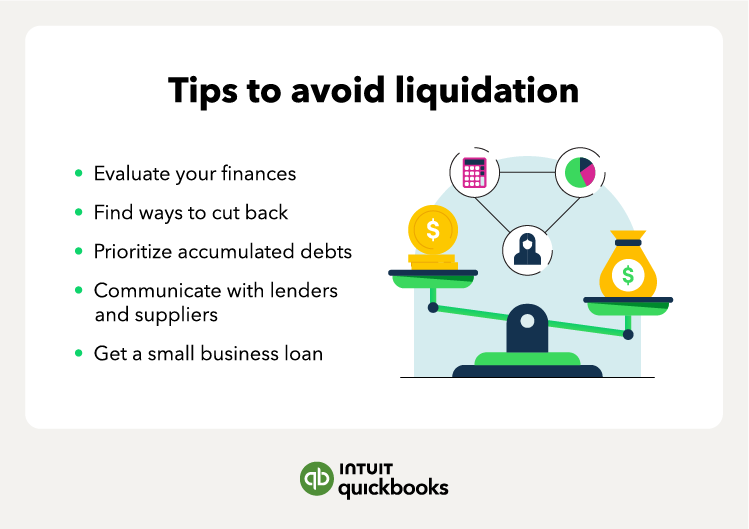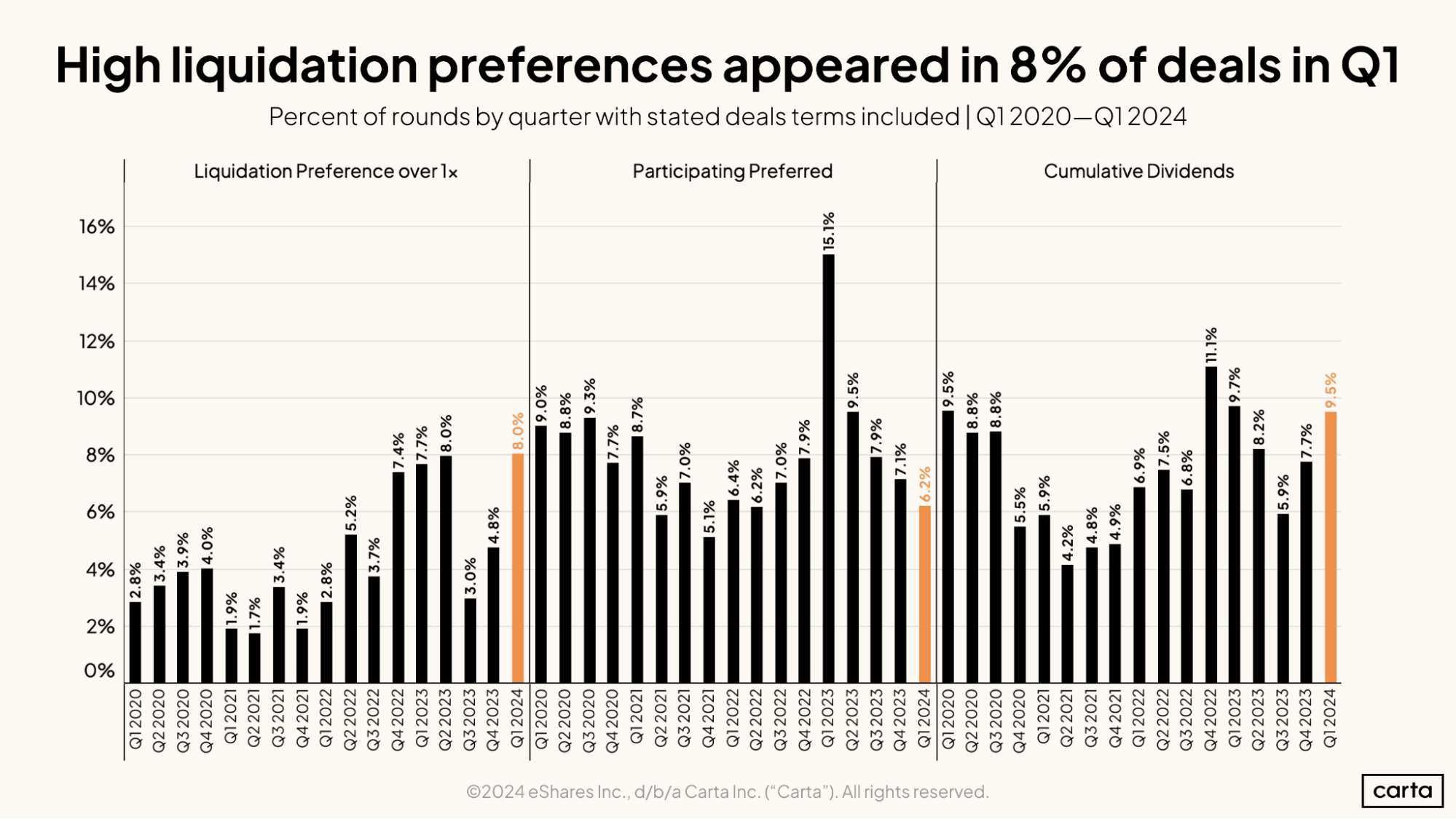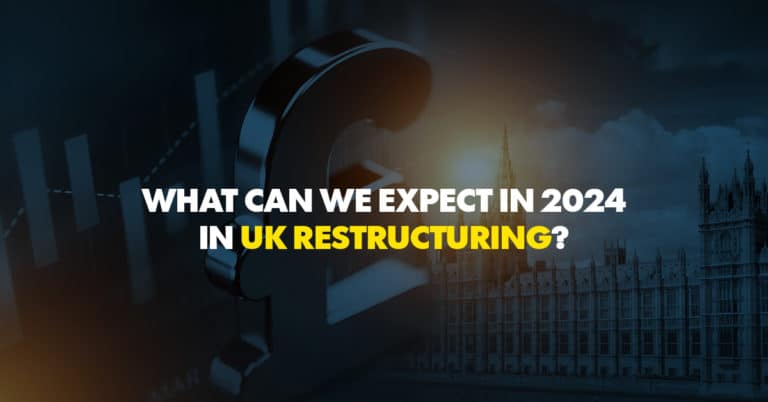Woodbridge Liquidation When Will Money Be Distributed 2024

For thousands of investors, the collapse of Woodbridge Group of Companies remains a raw wound, a stark reminder of the devastating consequences of unchecked real estate fraud. Years after the company’s implosion and the ensuing legal battles, the burning question persists: When will victims finally receive their due compensation?
This article delves into the current status of the Woodbridge liquidation, meticulously examining the projected timeline for distributions in 2024. We’ll dissect the complexities of the asset recovery process, navigate the legal hurdles, and analyze the realistic expectations for investors seeking closure and financial recovery.
The Long Road to Recovery: An Overview of the Woodbridge Liquidation
The Woodbridge Group, once a sprawling real estate empire headed by Robert Shapiro, crumbled under the weight of its own fraudulent practices. The SEC exposed a massive Ponzi scheme, where investors were lured with promises of high returns on purported real estate ventures, only to find their funds diverted to Shapiro's lavish lifestyle and the unsustainable cycle of paying off earlier investors.
Following the exposure and subsequent bankruptcy filing, a complex liquidation process began, overseen by a court-appointed trustee tasked with recovering assets and distributing them equitably to defrauded investors. This process has proven to be lengthy and arduous, fraught with legal challenges and the inherent difficulty of untangling a web of deceit.
The liquidation involves identifying, valuing, and selling off Woodbridge’s assets, which range from real estate holdings to various financial instruments. Proceeds from these sales are then used to satisfy creditors, with investors holding unsecured claims ranking among the primary beneficiaries.
Navigating the Timeline: Projected Distributions in 2024
Understanding the timeline for distributions requires acknowledging the inherent uncertainties of large-scale liquidations. The process is subject to court approvals, unforeseen delays in asset sales, and ongoing legal challenges from various parties.
While specific dates are elusive, official communications from the trustee and court filings provide some insight into the projected timeline for distributions in 2024. According to recent court documents, the trustee anticipates making further distributions to investors during the year, contingent upon the successful completion of ongoing asset sales and the resolution of outstanding legal disputes.
Previous distributions have already been made to investors, representing a partial recovery of their initial investments. However, the amounts received have varied significantly depending on individual circumstances and the size of their claims.
Factors Affecting the Distribution Timeline
Several key factors can impact the timing and amount of future distributions. One critical element is the speed and efficiency of asset sales. The trustee aims to maximize the value of Woodbridge's remaining assets, but this process can be prolonged by market conditions, complex ownership structures, and legal challenges.
Ongoing litigation also plays a significant role. The trustee has pursued legal action against individuals and entities who allegedly facilitated the Woodbridge fraud, seeking to recover additional funds for the benefit of investors. The outcome of these lawsuits could have a substantial impact on the overall recovery amount and the timeline for distributions.
Finally, administrative costs associated with the liquidation process must be factored in. Legal fees, accounting expenses, and other administrative charges are deducted from the available funds before distributions can be made to investors.
Understanding the Distribution Process and Potential Recovery Amounts
The distribution process is governed by a court-approved plan of liquidation, which outlines the criteria for determining investor eligibility and the priority of claims. Investors typically receive distributions based on the amount of their approved claims, subject to pro rata reductions to account for the overall shortfall.
It’s crucial to understand that investors are unlikely to recover their entire initial investment. The Woodbridge fraud was a massive scheme, and the recovered assets will likely be insufficient to fully compensate all victims.
The actual recovery amount will depend on a variety of factors, including the total value of assets recovered, the number of valid claims filed, and the administrative costs associated with the liquidation. Investors should consult with their financial advisors to understand the potential tax implications of any distributions received.
"Investors should remain vigilant and rely only on official communications from the trustee and the court. Beware of unsolicited offers or schemes promising expedited or guaranteed recoveries, as these are often fraudulent," cautions a statement released by the SEC.
Looking Ahead: What Investors Should Expect
The Woodbridge liquidation process is a marathon, not a sprint. Investors should brace themselves for further delays and uncertainties as the trustee continues to navigate the complex legal and financial landscape.
While the prospect of full recovery remains slim, further distributions are anticipated in 2024, offering a glimmer of hope for defrauded investors. Staying informed and maintaining realistic expectations is crucial for navigating this challenging situation.
For investors seeking updates on the liquidation process, the official court website and communications from the trustee remain the most reliable sources of information. Patience and diligence will be key as investors await further developments in this ongoing saga.

